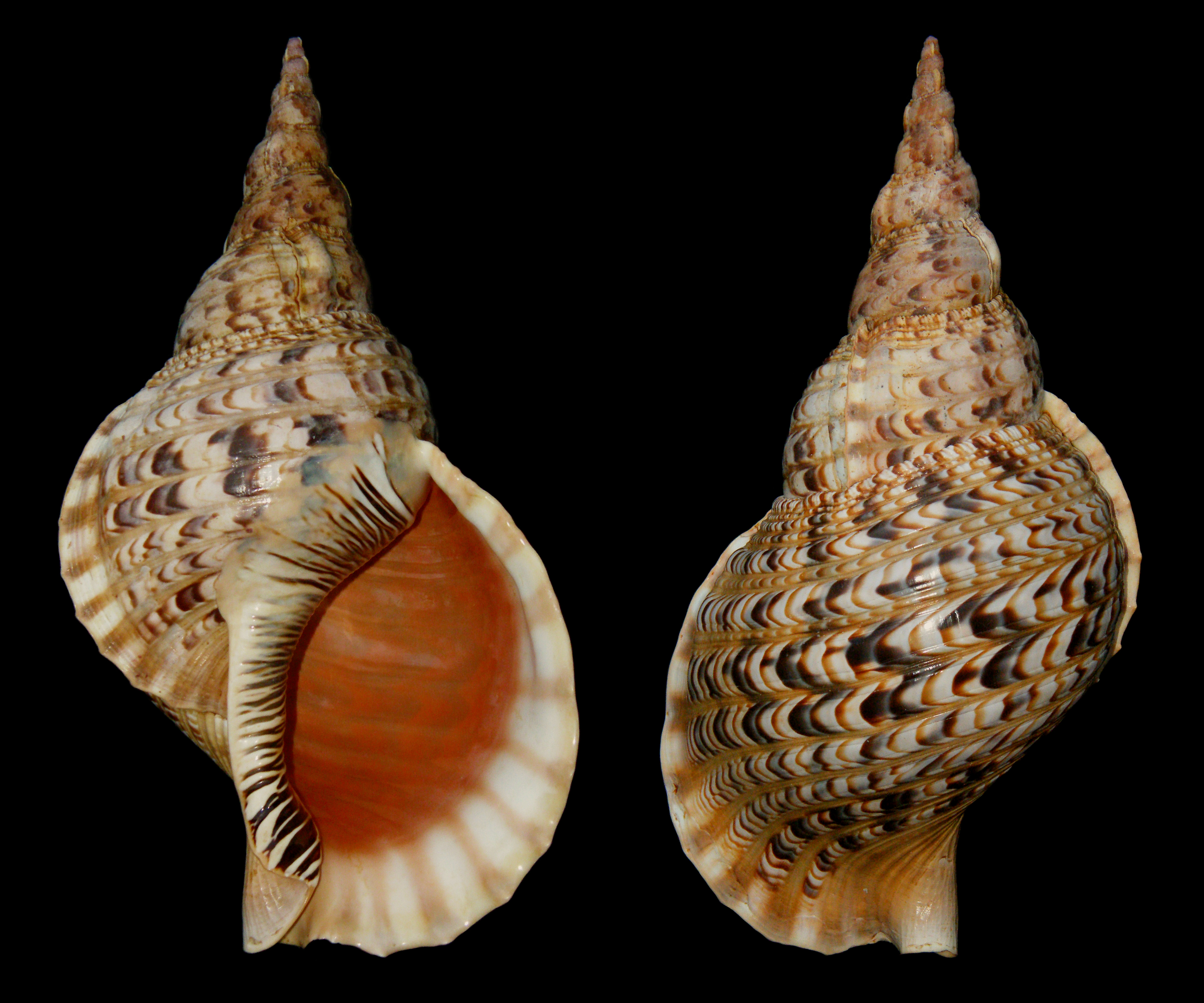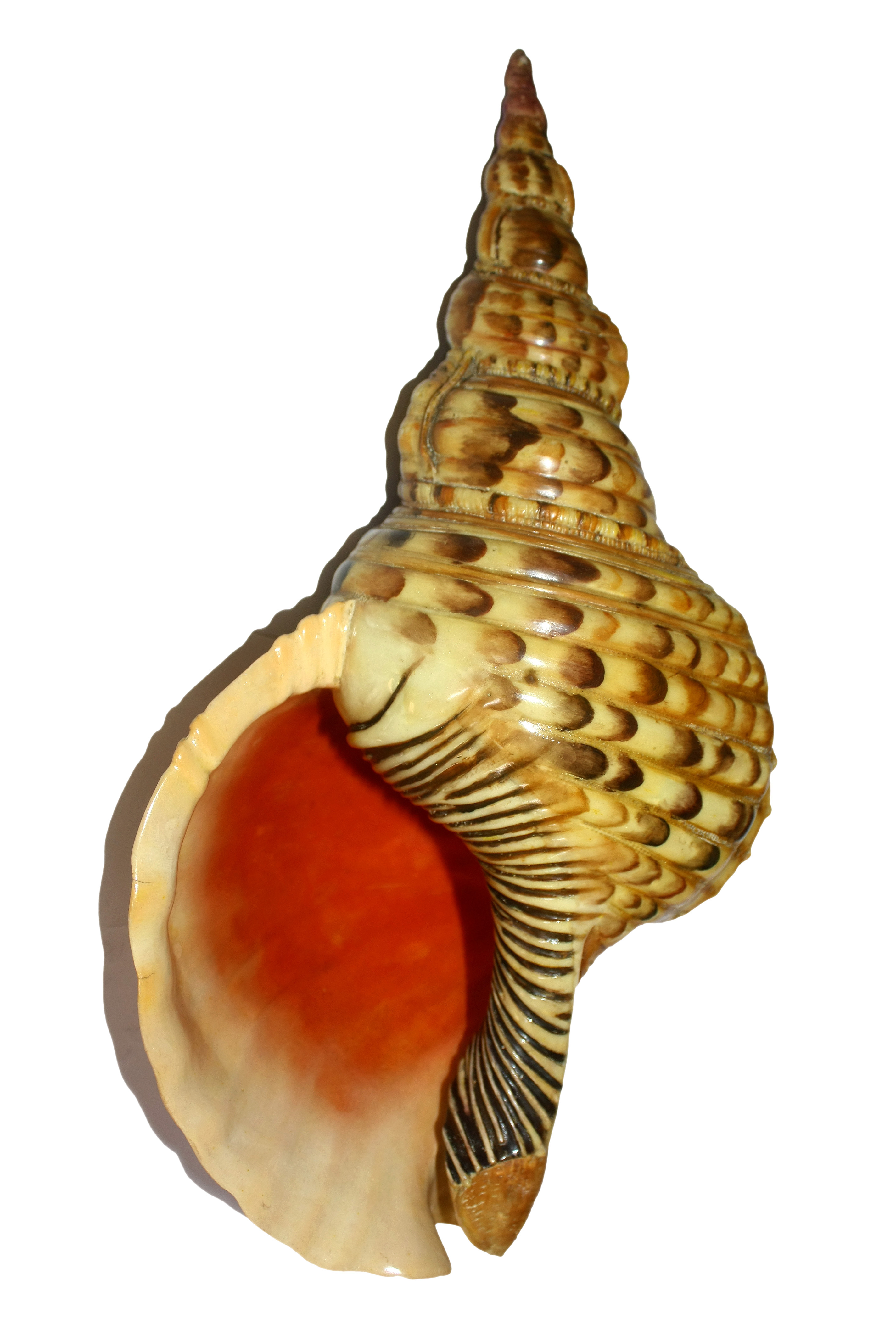Charonia Tritonis on:
[Wikipedia]
[Google]
[Amazon]
''Charonia tritonis'', common name the Triton's trumpet or the giant triton, is a


 The shell is well known as a decorative object, and is sometimes modified for use as a trumpet (such as the Japanese ''
The shell is well known as a decorative object, and is sometimes modified for use as a trumpet (such as the Japanese ''India Ministry of Environment and Forests Notification S.O. 665(E)
. New Delhi, 11 July 2001.] it can be legally traded and is found for sale in many shell shops around the world and on the internet.
doriss.ffessm.fr
na.oceana.org
cites.org
( PDF) * Charoniidae Gastropods described in 1758 Taxa named by Carl Linnaeus {{Caenogastropoda-stub
species
In biology, a species is the basic unit of classification and a taxonomic rank of an organism, as well as a unit of biodiversity. A species is often defined as the largest group of organisms in which any two individuals of the appropriate s ...
of very large sea snail
Sea snail is a common name for slow-moving marine gastropod molluscs, usually with visible external shells, such as whelk or abalone. They share the taxonomic class Gastropoda with slugs, which are distinguished from snails primarily by the ...
, a marine gastropod mollusc in the family
Family (from la, familia) is a Social group, group of people related either by consanguinity (by recognized birth) or Affinity (law), affinity (by marriage or other relationship). The purpose of the family is to maintain the well-being of its ...
Charoniidae
''Charonia'' is a genus of very large sea snail, commonly known as Triton's trumpet or Triton snail. They are marine gastropod mollusks in the monotypic family Charoniidae.
Etymology
The common name "Triton's trumpet" is derived from the Gre ...
, the tritons. Reaching up to two feet (or 60 cm) in shell length this is one of the biggest mollusks in the coral reef.
Distribution
This species is found throughout the Indo-Pacific Oceans,Red Sea
The Red Sea ( ar, البحر الأحمر - بحر القلزم, translit=Modern: al-Baḥr al-ʾAḥmar, Medieval: Baḥr al-Qulzum; or ; Coptic: ⲫⲓⲟⲙ ⲛ̀ϩⲁϩ ''Phiom Enhah'' or ⲫⲓⲟⲙ ⲛ̀ϣⲁⲣⲓ ''Phiom ǹšari''; ...
included.
Description


Feeding habits
''C. tritonis'' is one of the few animals to feed on the crown-of-thorns starfish, ''Acanthaster planci
The crown-of-thorns starfish (frequently abbreviated to COTS), ''Acanthaster planci'', is a large starfish that preys upon hard, or stony, coral polyps (Scleractinia). The crown-of-thorns starfish receives its name from venomous thorn-like spines ...
''. Occasional plagues of this large and destructive starfish have killed extensive areas of coral on the Great Barrier Reef
The Great Barrier Reef is the world's largest coral reef system composed of over 2,900 individual reefs and 900 islands stretching for over over an area of approximately . The reef is located in the Coral Sea, off the coast of Queensland, ...
of Australia and the western Pacific reefs. The triton has been described as tearing the starfish to pieces with its file-like radula.
Human use
 The shell is well known as a decorative object, and is sometimes modified for use as a trumpet (such as the Japanese ''
The shell is well known as a decorative object, and is sometimes modified for use as a trumpet (such as the Japanese ''horagai
''Horagai'' () (or ''jinkai'' ) are large conch shells, usually from ''Charonia tritonis'', that have been used as trumpets in Japan for many centuries. The instrument, which has served a number of purposes throughout Japanese history, has been ...
'', the Maldivian '' sangu'' or the Māori ''pūtātara
The pūtātara is a type of trumpet used by the Māori people of New Zealand
New Zealand ( mi, Aotearoa ) is an island country in the southwestern Pacific Ocean. It consists of two main landmasses—the North Island () and the South ...
'').
Much debate has occurred on whether plagues of crown-of-thorns starfish are natural or are caused by overfishing of the few organisms that can eat this starfish, including ''C. tritonis''. In 1994, Australia proposed that ''C. tritonis'' should be put on the CITES
CITES (shorter name for the Convention on International Trade in Endangered Species of Wild Fauna and Flora, also known as the Washington Convention) is a multilateral treaty to protect endangered plants and animals from the threats of interna ...
list, thereby attempting to protect the species. Because of a lack of trade data concerning this seashell, the Berne Criteria from CITES were not met, and the proposal was consequently withdrawn. While this species may be protected in Australia and other countries (such as India),. New Delhi, 11 July 2001.] it can be legally traded and is found for sale in many shell shops around the world and on the internet.
References
Bibliography
*External links
doriss.ffessm.fr
na.oceana.org
cites.org
( PDF) * Charoniidae Gastropods described in 1758 Taxa named by Carl Linnaeus {{Caenogastropoda-stub